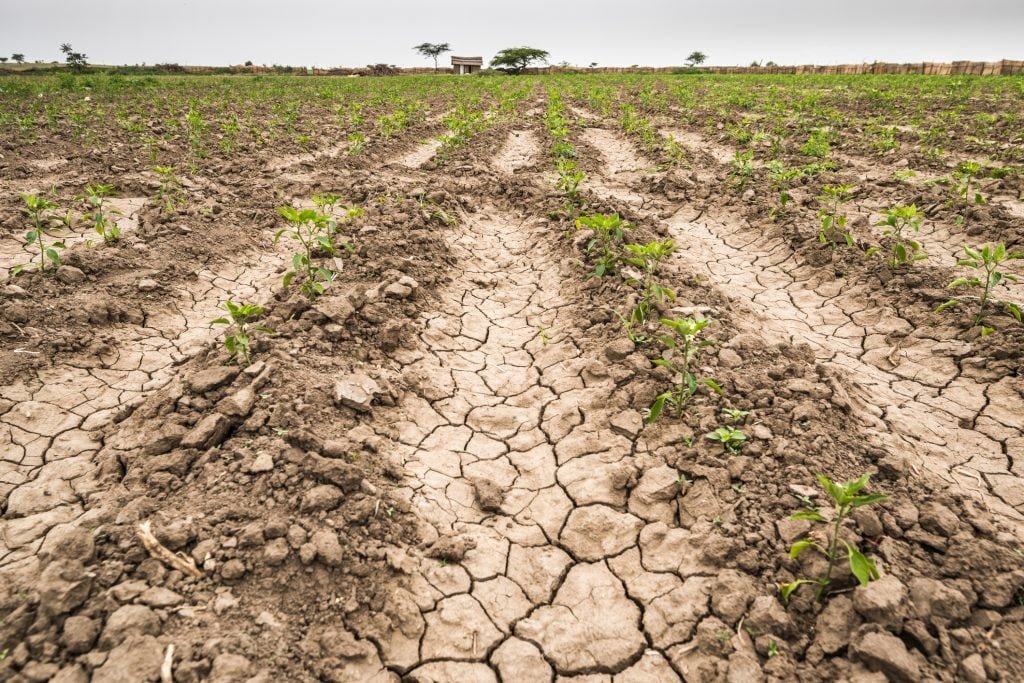With an average surface temperature of 16.38°C, September 2023 took the title of the hottest September ever recorded worldwide. This temperature exceeded the average for the years from 1991 to 2020 by 0.93°C, but not only. September 2023 surpassed September 2020 by +0.5°C and proved to be the most anomalous month in terms of temperatures since 1940. In short, more than one record was broken. All data are based on the ERA5 dataset which represents “the fifth generation of the European Center for Medium-Range Weather Forecasts”. In this link you will find the study we refer to in this article and I recommend you go and take a look especially to notice some very illustrative graphics of this situation.
Given the impending date with COP28, which makes the Paris Agreement a cornerstone, it is necessary to think. In the Agreement, all member states agreed on the need to commit to preventing the planet from exceeding +1.5°C in average global temperature compared to pre-industrial times. This is to avoid the worsening of extreme weather events, their unpredictable nature and all the consequences we know now.
However, starting from COP21, the conference where this convergence of intentions took place, many years have passed and even today, COP after COP, declarations of intent continue to be made reiterating that they want to commit to not exceeding a point and a half but.. .that number is getting dangerously close.
In 2022 the world reached +1.2°C. Copernicus reports the figures, which also tell us that on a percentage basis we are 73% of the way to the +1.5 degree threshold.
As for September 2023, it wasn’t just an anonymous anomaly. The month was about +1.75°C warmer than the average September for the period 1850-1900 and, as we saw above, broke several records offering a stark reminder of the profound impact of industrialization on our planet’s climate.
Like the Copernican scientist Rebecca Emerton told CNN: “While exceeding the +1.5°C limit for a day, week or month is not the same as exceeding it for the long-term average, it is important to monitor how often and for how long we exceed this limit. , given that as temperatures continue to rise, the effects on us will continue to become more severe.”
We do not know what awaits us at COP28, the hope at this point is that in addition to agreements to limit greenhouse gas emissions, we will focus on agreements with the core of strengthening our infrastructure. In this way, we can better protect ourselves from the extreme weather events that await us.
Federica Gasbarro works with The Wom independently and is in no way associated with the advertisements that may appear in this content.
Subscribe to our WhatsApp channel!

